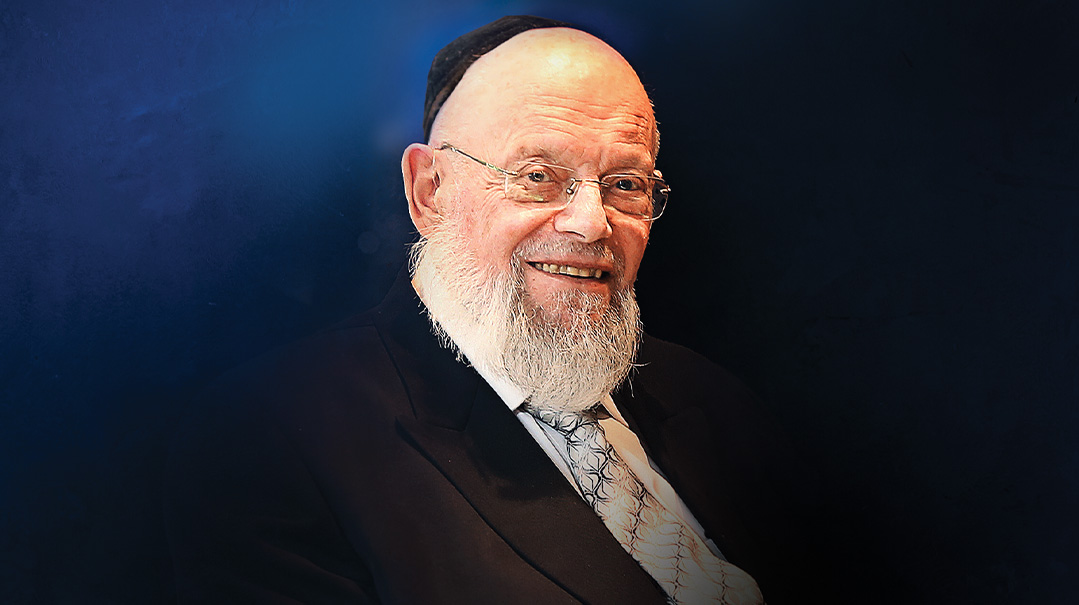Crown of Halachah

Dayan Chanoch Ehrentreu's reign of unbending standards and unstinting kindness

Photos: Tim Spott, Family archives
Dayan Chanoch Ehrentreu carried himself with great dignity, yet he wouldn’t hesitate to roll up his sleeves to bathe an infant after a bris or don sneakers to walk the entire circumference of an eiruv in the process of being built. His psakim were unequivocal and he was outspoken and fearless when necessary as he defended halachah and built Torah infrastructure across Europe. Now, the benevolent reign of unbending standards and unstinting kindness has come to a close
European Jewry lost its general with the passing of Dayan Chanoch HaKohen Ehrentreu last Thursday morning, Rosh Chodesh Kislev.
The Dayan, who was nearly 90 when he passed away, left a legacy of building Torah and serving the community in just about every possible rabbinical role. He was founder and head of the Sunderland kollel for 18 years; av beis din in Manchester, London, and of the European Conference of Rabbis; communal rav; and builder of Torah institutions, often fulfilling those multiple roles at the same time.
And just as he excelled in a combination of rabbinical roles matched by no contemporary rabbinic figure, so did he combine in his person a unique blend of qualities. He was fully at home in yeshivah lomdus, as his crystal clear shiurim in the various kollelim he headed made clear, and was an equally eloquent darshan, who knew how to lace his derashos with stories, meshalim, and personal reminiscences to bring home an inspirational message. To his congregants (and their children) in the Beis Hamedrash Beis Yisroel in Hendon, he was at once the revered rav and the beloved zeide on whose lap children rushed to sit from an early age.
He carried himself with great dignity and was always immaculately dressed. But he wouldn’t hesitate to roll up his sleeves to show a nervous new mother how to bathe her infant after his bris the previous day or to don sneakers to walk the entire circumference of an eiruv in the process of being built, usually leaving the much younger rabbanim accompanying him far behind.
His psakim were clear, without equivocation, whether on a communal level or to an individual, and delivered with the confidence of one thoroughly grounded in his own Torah learning and in the long rabbinical line from which he came. He was outspoken and fearless when he needed to be, yet at the same time, he knew his own limitations. And if a new issue presented itself about which he was not sure, he didn’t hesitate to consult with the posek hador, Rav Yosef Shalom Elyashiv.
That combination of absolute clarity about what he knew and also about what he wasn’t sure about earned him the respect of the world’s leading poskim. An American-born avreich, who was considering taking a rabbinic position in kiruv in London, once found himself in the same car with Rav Elyashiv. He told the posek hador that there was an issue in London that he felt might impede his success if he accepted the position. Rav Elyashiv told him succinctly, “If Dayan Ehrentreu supports it, you can rely on him.”
Oops! We could not locate your form.







